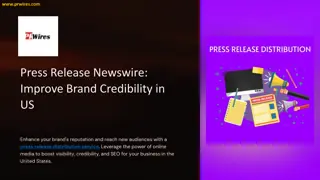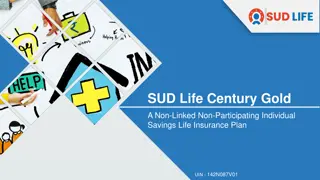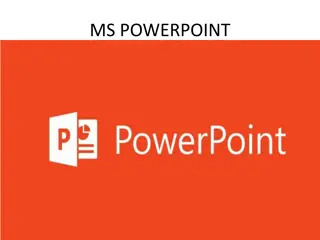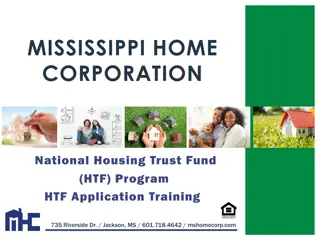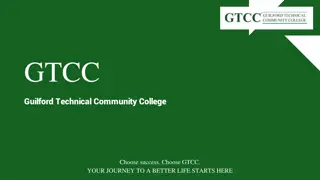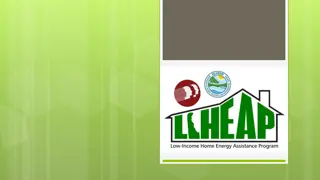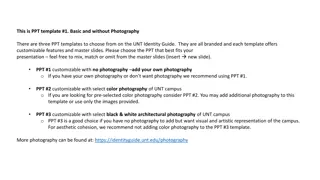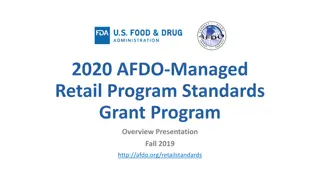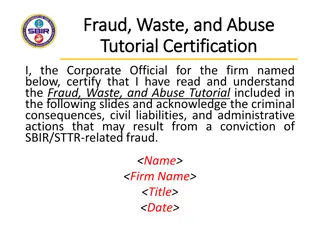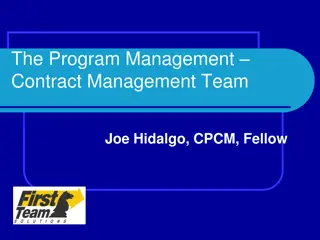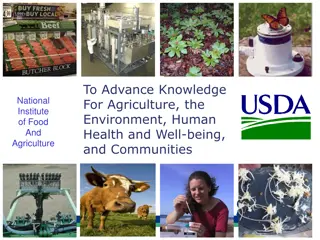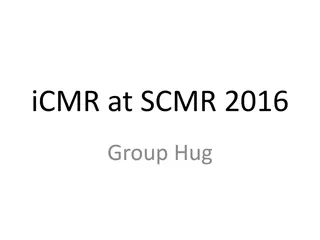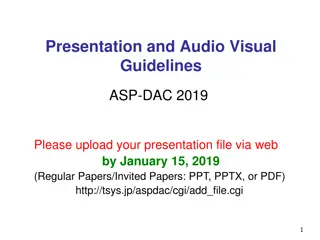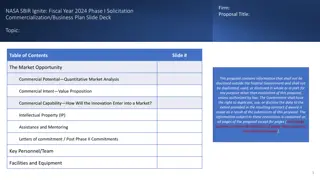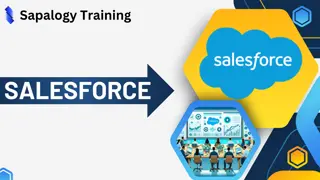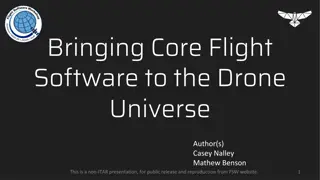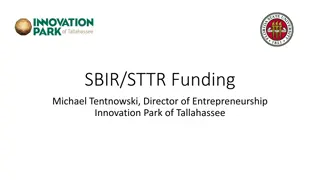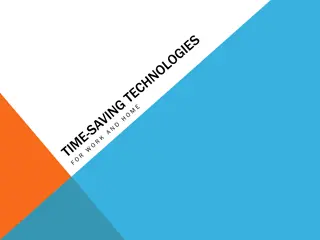NIDILRR SBIR Program Overview
The NIDILRR SBIR program, a unique initiative, provides funding for small businesses to conduct research and development for enhancing the lives of individuals with disabilities. The program consists of two phases, offering financial support for prototypes, models, and commercialization of innovative concepts. With a focus on projects like low vision aids, prosthetics, mobile apps, and more, the program aims to drive impactful advancements in assistive technologies.
Download Presentation

Please find below an Image/Link to download the presentation.
The content on the website is provided AS IS for your information and personal use only. It may not be sold, licensed, or shared on other websites without obtaining consent from the author. Download presentation by click this link. If you encounter any issues during the download, it is possible that the publisher has removed the file from their server.
E N D
Presentation Transcript
ACL/NIDILRRs Small Business Innovation Research (SBIR) Program September 2021
Brief History The Rehabilitation Research program was created in 1954, through an Amendment to the Vocational Rehabilitation Act. NIDRR was originally called the National Institute of Handicapped Research when it was formally created by the 1978 amendments to the Rehabilitation Act. At that time, we were situated in the Department of Health, Education, and Welfare. In 1980, the NIHR moved from HEW to U.S. Dept. of ED under the Office of Special Education and Rehabilitative Services (OSERS). In 1986, our name was changed to the National Institute on Disability and Rehabilitation Research (NIDRR), by that year s Amendments to the Rehabilitation Act. In the summer of 2014, the Rehabilitation Act was reauthorized as part of the Workforce Innovation and Opportunity Act (WIOA). This reauthorization changed our name to the National Institute on Disability, Independent Living, and Rehabilitation Research (NIDILRR). It also changed our administrative home from the Department of Education, to the Department of Health and Human Services. ACL & NIDILRR are not part of the NIH. 2
NIDILRRs Unique SBIR Program NIDILRR s SBIR program is unique in that its sole purpose is to fund small business grants to perform research and development designed to improve the lives of people with disabilities. NIDILRR s SBIR budget is approximately $3.2 million per year. NIDILRR holds one Phase I competition each year at the beginning of the year, and one Phase II competition sometime in the spring. 3
Phases Phase I Develop prototypes, models, proofs-of-concept Up to $100,000 for six months 10 awards per year 40 to 50 applications Phase II Further research and development to bring Phase I concepts to commercialization Successful Phase I grantees invited to apply $575,000 over two years ($200,000 $300,000 per year) Awards for two years 4 to 5 awards per year 14-17 applications (Phase I grantees throughout federal government are eligible to apply) 8 +/- active awards 4
More Information No mobile apps (we fund an App Factory separately) No: Fast Track, Direct to Phase II, Phase IIB, or TABA If no indirect cost rate agreement exists, indirect costs are limited to 10% Indirect costs and fees come out of grant funds Prior Phase I awards Prior Phase II awards (commercial success rate over 50%) Examples: low vision (navigation, readers, tactile devices), mobile apps (scheduling, employment, monitoring), prosthetics and fitting, portable dialysis, switches for severe mobility impairments, learning software for hearing, hearing aid software (signing, etc.), wheelchair navigation & propulsion, telerehabilitation, etc. 5
Phase I Chances of Success: 2017: 66 applications, ten funded 10/66 = 15 percent 2018: 46 applications, ten funded 10/46 = 22 percent 2019: 41 applications, ten funded 10/41 = 24 percent 2020: 17 applications, ten funded 10/17 = 59 percent* 2021: 32 applications, ten funded 10/32 = 31 percent Five-year average 50/202 = 25 percent * Restriction on mobile applications introduced
Phase II Chances of Success: 2017: 14 applications, four funded 4/14 = 29 percent 2018: 14 applications, four funded 4/14 = 29 percent 2019: 15 applications, four funded 4/15 = 27 percent 2020: 15 applications, four funded 4/15 = 27 percent 2021: 14 applications, four funded 4/15 = 29 percent Five-year average 20/72 = 28 percent Phase II commercialization success rate > 50 percent
Applying for a NIDILRR Grant Grant Opportunities: https://www.grants.gov/ (link to Grants.gov) Subscribe to this Grants.gov search: https://www.grants.gov/web/grants/search-grants.html?keywords=nidilrr Working with a NIDILRR Grant: Maintaining and amending at Grant Solutions: https://home.grantsolutions.gov/home/ NIDILRR Reporting: https://nidilrr.rti.org/ TA Resources: Life Sciences: https://sbir.nih.gov/resources/lifescience-state-contacts Local assistance: https://www.sbir.gov/local-assistance Federal And State Technology (FAST) Partnership Program: https://www.sbir.gov/about-fast Other Links: NIDILRR s SBIR Program: https://acl.gov/programs/research-and- development/small-business-innovation-research-program 8
Other links Continued: ACL s Home Page: https://acl.gov/ About NIDILRR (includes other NIDILRR funding mechanisms): https://acl.gov/about-acl/about-national-institute-disability-independent-living- and-rehabilitation-research NARIC: https://naric.com/ (subscribe to this newsletter) NIDILRR s Project Database: https://naric.com/?q=en/ProgramDatabase (past awards) Donate Your Brain to Science Peer reviewer training module: https://naricforms.naric.com/?q=Peer%20Review%20Orientation This will give you some valuable insight into preparing an application for NIDILRR. Our review process is very different from the NIH. This link shows all of NIDILRR s current announcements: https://www.grants.gov/web/grants/search-grants.html?keywords=nidilrr This link shows all of ACL s current announcements: https://www.acl.gov/grants/open-opportunities 9
Tips for Success Meet the needs of people with disabilities (just to be eligible) Identify your population, the problem they experience, and present your solution This is field initiated (see first bullet), but send me an email to vet ideas Follow criteria format Get most recent Funding Opportunity Announcement to get started * Write to person on the street (avoid jargon, explain concepts) Know the current state of the art (What s out there? Why is yours better?) Cite knowledge, don't just speak from personal knowledge or experience * https://www.grants.gov/web/grants/search-grants.html?keywords=nidilrr (subscribe to this search) 10
Donate Your Brain to Science Peer reviewer training module: https://naricforms.naric.com/?q=Peer %20Review%20Orientation This will give you valuable insight into preparing an application for NIDILRR. Our review process is different from the NIH. 11
Questions? 12
Contact Info: Brian Bard SBIR Program Coordinator National Institute on Disability, Independent Living, and Rehabilitation Research Administration for Community Living U.S. Department of Health and Human Services Washington, DC 20201 202-795-7298 brian.bard@acl.hhs.gov 13








